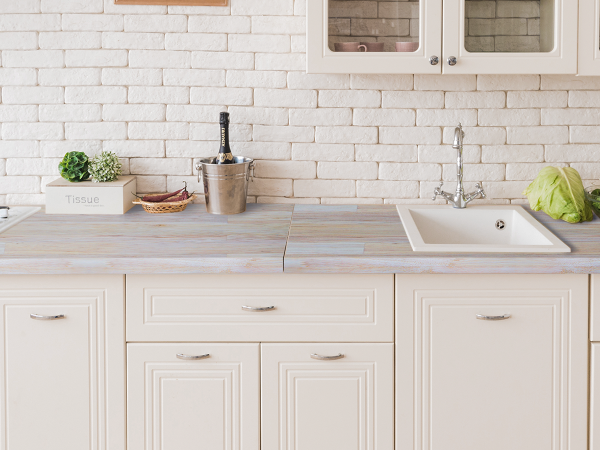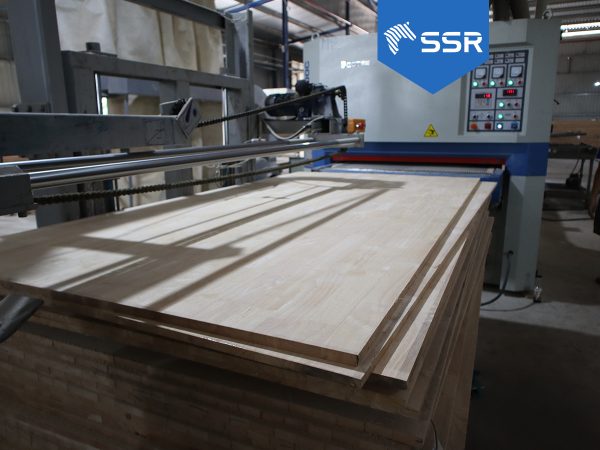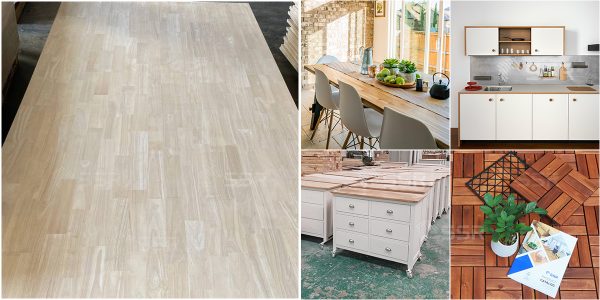1. Sapele general information
The tree is native to tropical Africa, the name Sapele comes from that of the city of Sapele in Nigeria. This is a deciduous tree and hardwood, not softwood as many people think. This species has appeared in Vietnam for a long time, mainly growing in the northern mountainous areas or highlands. They grow on flat terrain to places that are 600 meters above sea level. The species grows to a height of up to 45 meters (rarely 60 meters). Sapele matures after 10 – 12 years. If it is grown for industrial purposes, it can be exploited in the 6 – 8 years.
2. Sapele specification
Sapele wood grain patterns vary from wavy to straight. The heartwood is pale pink to dark reddish-brown. Sapele is susceptible to wood borer, termite, insect attack. Besides, Sapele wood reacts with iron, which can cause rust, discoloration. However, the wood is quite easy to use screws, so just a few extra handling steps, the oval wood is suitable for furniture production. However, it is easy to tighten screws. If Sapele wood is dry-kiln seasoning and chemical treatment process, it will be very durable and stable to use.

3. Sapele wood application
Since ancient times, Sapele wood has been used to make temple columns, house columns, beams. Nowadays, Sapele wood is widely used as a common material for the production of cabinets, wardrobe, TV shelves, beds. They are preferred by many customers because of the warm and smooth tones.
Related News
Pros and cons of rubberwood finger joint board for kitchen
Rubberwood finger joint board is considered a type of product which is a matching material for kitchen countertops. In fact, they are less costly than other materials such as natural stone (granite), engineered stone (quartz), or other textures with a solid surface. The above rubberwood panel would cost nearly (price), less expensive than a solid […]
How To Choose Quality Finger Jointed Boards Which Meet Your Needs
How to recognize quality finger jointed boards in a market that has many suppliers and its quality. How to recognize quality wooden boards in a market in which the suppliers have much various qualities. Each supplier will provide their customer with different standards. Therefore, let’s take a look at a standard of our product qualities, […]
Top International Wood Products Supplier in Vietnam
SSR VINA was established in 2009, based on the development of multinational production in the field of import and export. We gradually specialize in manufacturing and supplying high-quality wood board products to meet the best requirements for customers. Currently, we are International Wood Products Supplier in Vietnam. 1. A guide to development SSR has set […]










